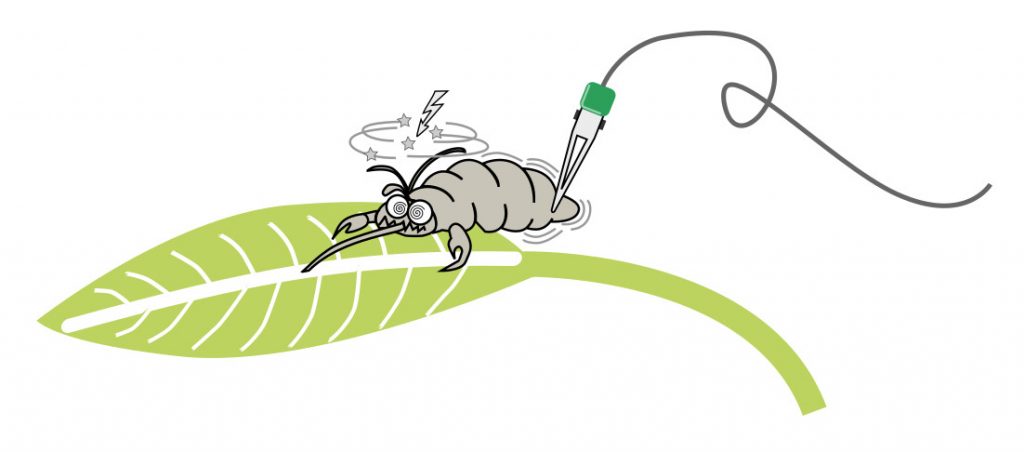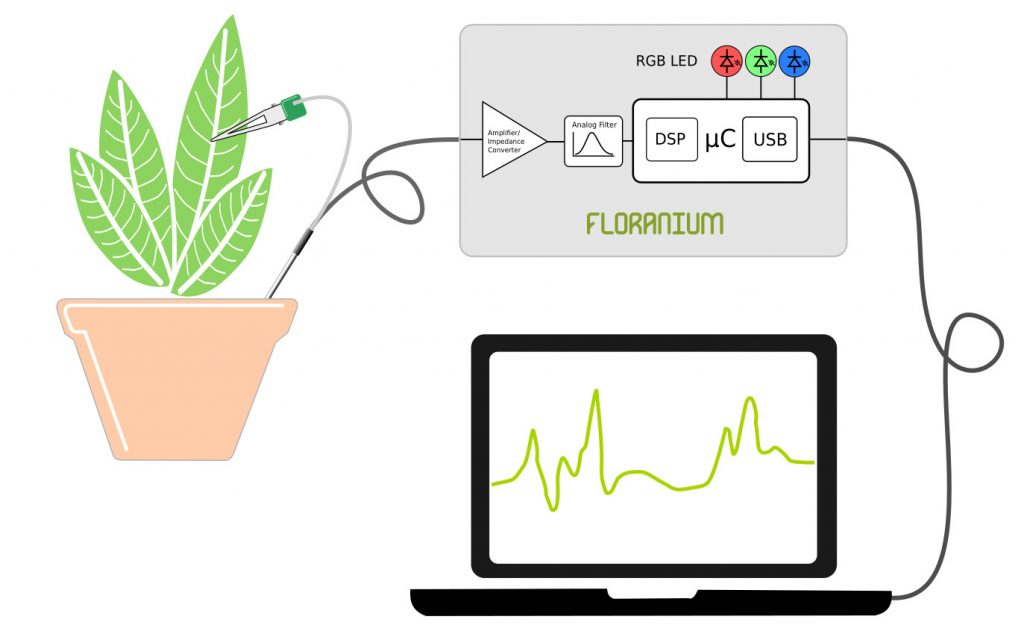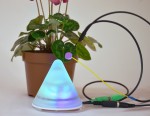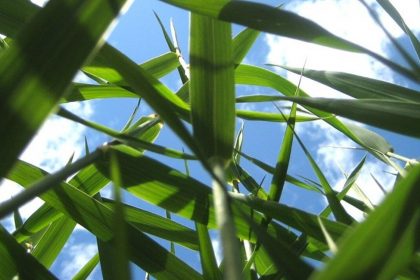What is the Floranion Instrument measureing?
Plant signals are a very complex aspect of plant physiology. There are innumerable ways to observe the behavior of plants, including the colors of the blossoms, emission of aromatic substances, biochemical changes, and electrical signals (action potentials). We can basically distinguish between two different types of activity: primary metabolic processes and secondary metabolic processes. The primary metabolic processes include photosynthesis, ion exchange at cell membranes (anions and cations), stimulus transmission via action potentials, and communication by electrical signals through the nutrient vessels (phloem). The secondary metabolic processes produce plant substances such as phenolic and isoprenoid compounds, alkaloids (caffeine, nicotine, etc.), and amino acids (alliin, canavanine, etc.) Signals triggered by primary metabolic processes are very difficult to measure. That requires insertion of extremely fine electrodes directly into the nutrient vessels, and these electrodes must be able to withstand the moist conditions inside the plant without impairment. One example is the ‘aphid bio-electrode’ (that’s not a joke). This involves connecting a very thin gold wire to a cabbage leaf aphid. The aphid wants to feed on the plant’s nutrients, so it inserts its stylet into a nutrient vessel and starts sucking — thereby creating a direct electrical connection to the phloem. It is not known if the aphid notices that it is being used as an electrode.
Skin resistance or galvanic potential?
When Cleve Backster, carried out his famous experiments on his dracena office plant in 1966, he used a polygraph. A polygraph, commonly known as a lie detector, measures blood pressure, heart rate, respiration rate and skin resistance. If a person being interrogated lies, they perspire slightly and nearly imperceptibly. That lowers the skin resistance due to the conductivity of the salts and minerals in the perspiration. A plant also ‘perspires’ by exuding moisture through openings on the bottom of its leaves. This moisture contains phenolic and isoprenoid compounds, alkaloids and amino acids (secondary metabolic products), making the plant a sort of living electrolytic capacitor. The resistance or impedance can be measured, and there is a galvanic potential between the metal electrodes, the same as in a battery. The best example of this is the well-known lemon or apple clock, with a quartz clock powered by the electrochemical voltage between a zinc nail and a copper nail pushed into a lemon or an apple.




